cultură şi spiritualitate
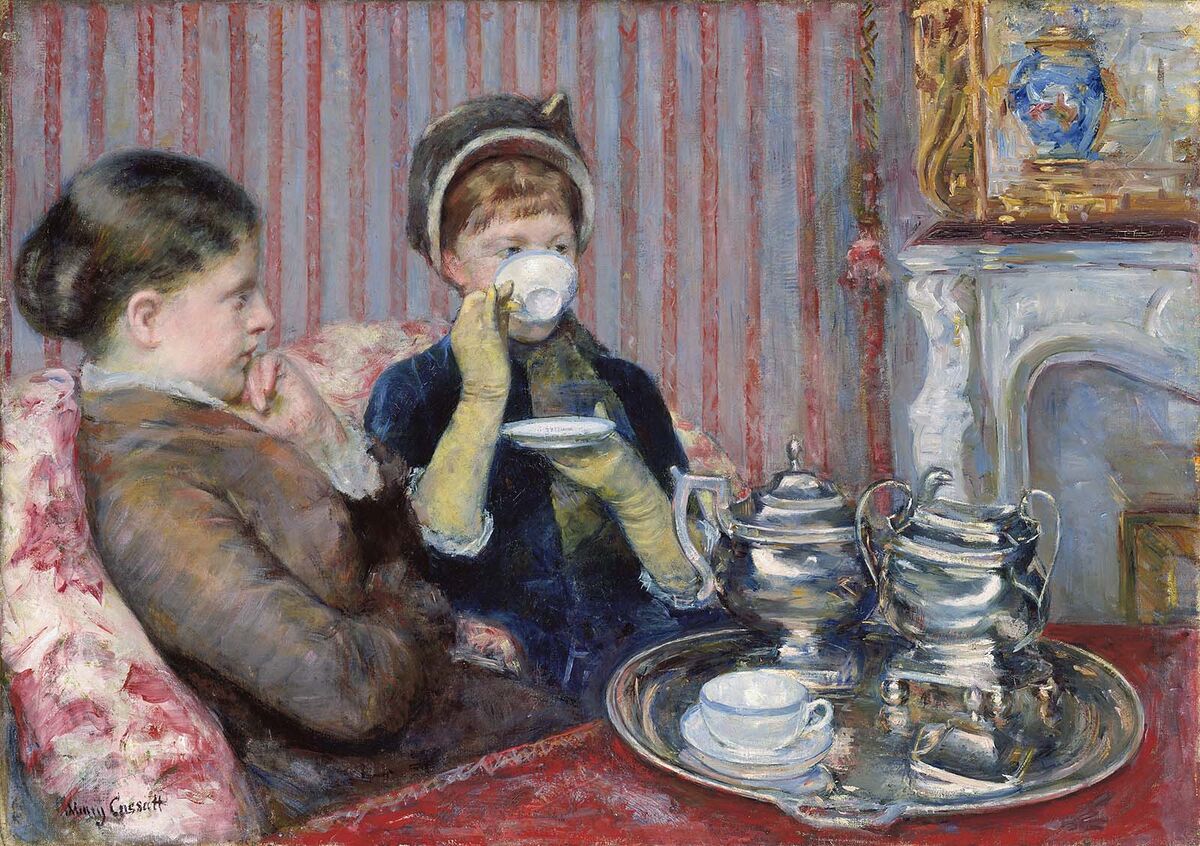
Mary Cassatt, Five O'Clock Tea, 1880. Image via the Museum of Fine Arts Boston.
Gathered in an Eden-esque orchard, a group of women in fully contemporary dress pluck apples skillfully and intently. Turning, they pass the alluring fruits on to the next generation that waits nearby.
This was Mary Cassatt’s vision of the modern world, painted on the wall of the Woman’s Building at the 1893 World’s Columbian Exhibition in Chicago. In it, she depicted a new origin myth: Rather than Eve, causing the fall of mankind, these women presented a hopeful allegory where knowledge (and equal opportunity) was available to all.
The message was true to Cassatt’s ideologies—she was a champion of woman’s ability to stand alone—but it was also radical. As Cassatt recalled, “An American friend asked me in a rather huffy tone the other day, ‘Then this is woman apart from her relations to man?’ I told him it was.”
Although Cassatt was not the only woman painter to show with the Impressionists, she was the sole American to be officially incorporated into the movement. Today, she is best remembered for her arresting portraits of women and children in the private sphere. Her images of domesticity are as revisionist as her Biblical subversions at the World’s Fair—paying tribute to, rather than trivializing, feminine experience.
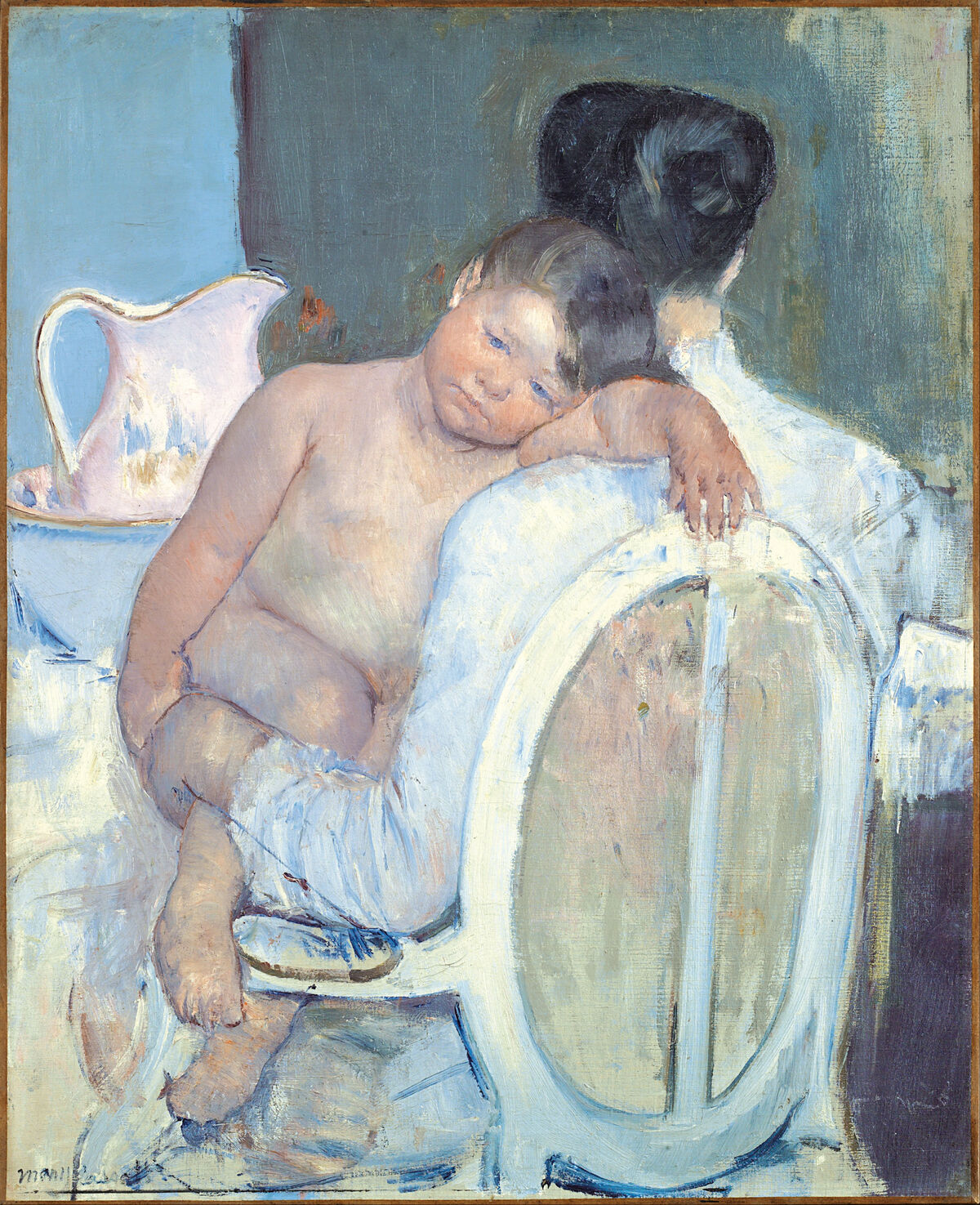
Cassatt was born in 1844 to an affluent family in Allegheny City, Pennsylvania (now Pittsburgh). Her parents allowed, even encouraged, their daughter to take drawing lessons during a years-long family trip through Europe—although they would have reservations later in life when she decided to pursue a career in the arts. At the time, it was uncommon for upper-class women to work as professional artists. The occupation, associated with mistresses, nude life-drawing classes, and public life, ran contrary to a woman’s expected role as mother. Throughout her life, Cassatt would vacillate between her unconventional choices (both professionally and personally—she never married) and the decorum of her upbringing.
But back in Pennsylvania after her time abroad, Cassatt couldn’t help but yearn for the art world of Paris. Just after the end of the Civil War, Cassatt finally traveled with a classmate to France to study painting in the City of Lights, where she would spend most of her life. In 1877, after a dozen years of study, copying in the Musée du Louvre, and occasionally showing in the Paris Salon, she received a pivotal visit from Edgar Degas.
Degas invited her to show with the Impressionists—the moment, Cassatt later said, that she “began to live.” By accepting, she became “part of an egalitarian art movement,” says University of Leeds professor Griselda Pollock. Degas, who would become Cassatt’s champion, confidant, and collaborator, indoctrinated her into his Impressionist circle. In a break from tradition, these artists were exploring everyday experiences on their canvases, painting “their own families, their social relations, the places they [went] on holiday,” Pollock says.
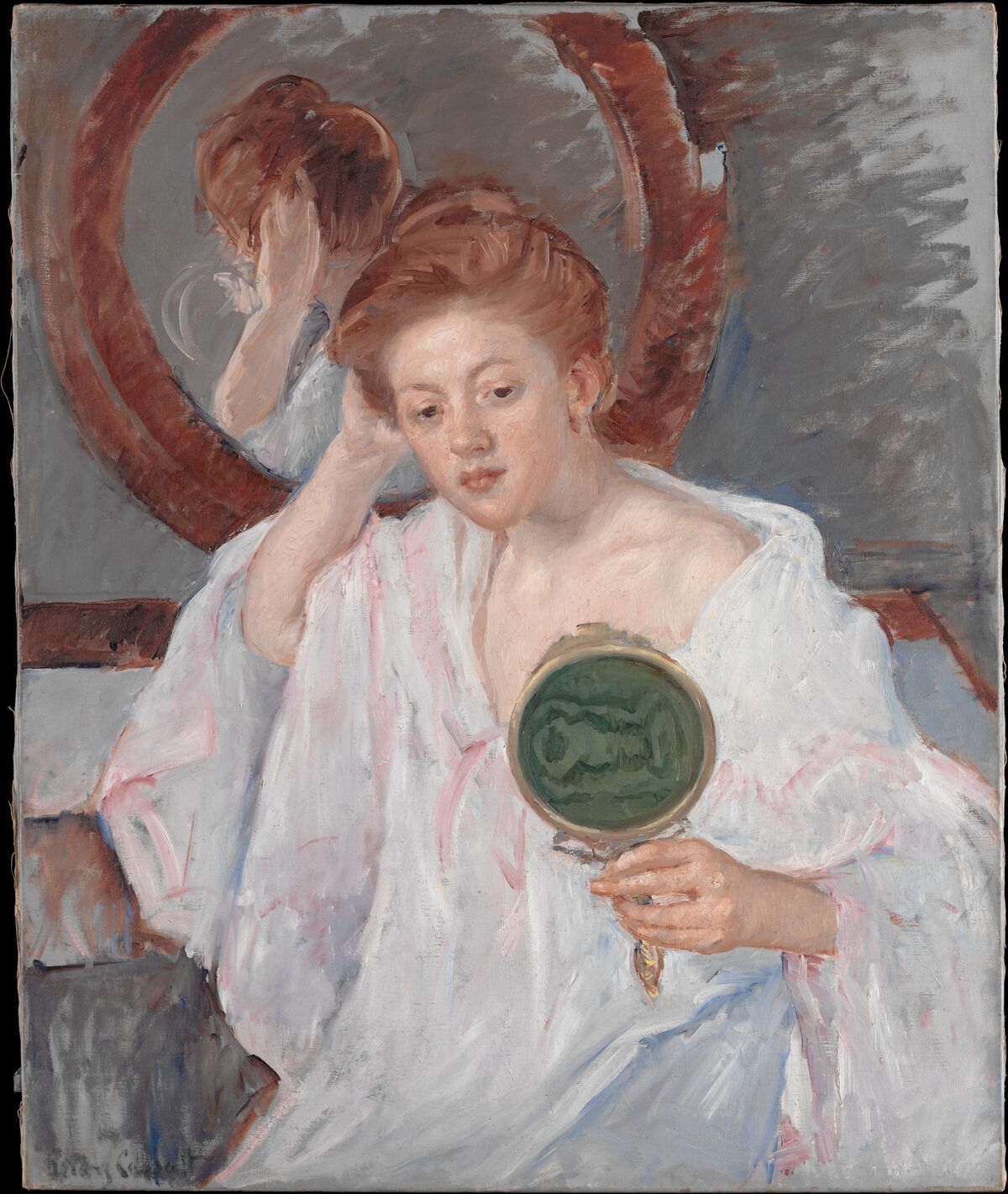
But in observing her lived experiences, Cassatt soon realized how different her world was from those of her male peers. “There would have been places she couldn’t go, even if she had dared,” explains Kimberly A. Jones, a curator of 19th-century French paintings at the National Gallery of Art in Washington D.C. “Even as a friend of Degas, she couldn’t go backstage at the Opera or hang out in the cafés.” Cassatt observed those differences in her work, exposing the complexity of gender and sexuality in the public sphere. In the Loge (1878), a painting of a man ogling a woman watching an opera, documents what Pollock calls “these extraordinary spectacles where women become part of the spectacle.”
In 1877, as Cassatt was taking advantage of bustling art and theatre scenes of her adopted city, her family moved in. Her new chaperone-roommates generated a series of familial obligations, including caring for her sister Lydia, who suffered from a kidney disease. As Cassatt spent more time with her family, scenes of domesticity begin to dominate her work.
In addition to the convenience of in-house models, Cassatt discovered that here, in the home, she had comfort and control. “Men were always interlopers in that sphere because they had the rest of the world to roam,” says Jones. “The fact that she was a woman gave her an understanding of that sphere that was her natural domain.”

Although they are confined, Cassatt’s subjects are never decorative. These women are “educated or thoughtful or creative or in conversation,” Pollock notes. “They’re usually animated. Cassatt’s the absolute master (or mistress) of complex relationships articulated through expressions, through gestures, through space.”
Her work rejects sentimentality, and her images of women and children “have nothing to do with maternity,” Pollock continues. “Images of maternity, you see in Renoir, with pink breasts.” Crucially, Pollock points out, the adult sitters of Cassatt’s portraits were usually nursemaids, rather than mothers. Her paintings juxtapose the unformed child and the formed adult, illustrating the process of “socializing women from little plump girls who have no reason to believe their lives will be limited, to becoming this finished project, where their lives will always be on show.”
Cassatt’s brush revealed the tragedy and beauty of women’s lives in the 19th century, giving voice and dignity to the oft-overlooked domestic sphere. Like these paintings, her Chicago mural was populated solely by women. As she reminded that huffy American friend: “Men, I have no doubt, are painted in all their vigor on the walls of the other buildings.”
Adaugă un comentariu
© 2024 Created by altmarius.
Oferit de
![]()
Embleme | Raportare eroare | Termeni de utilizare a serviciilor
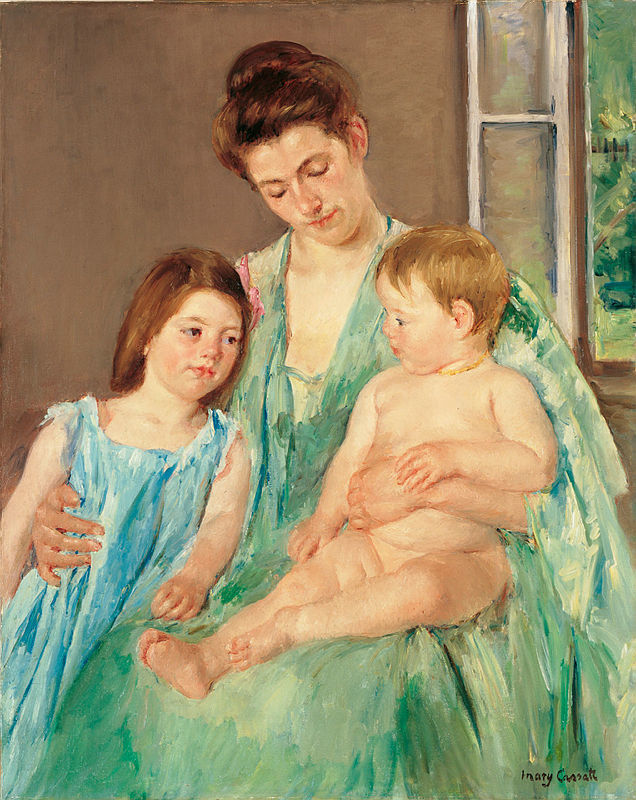
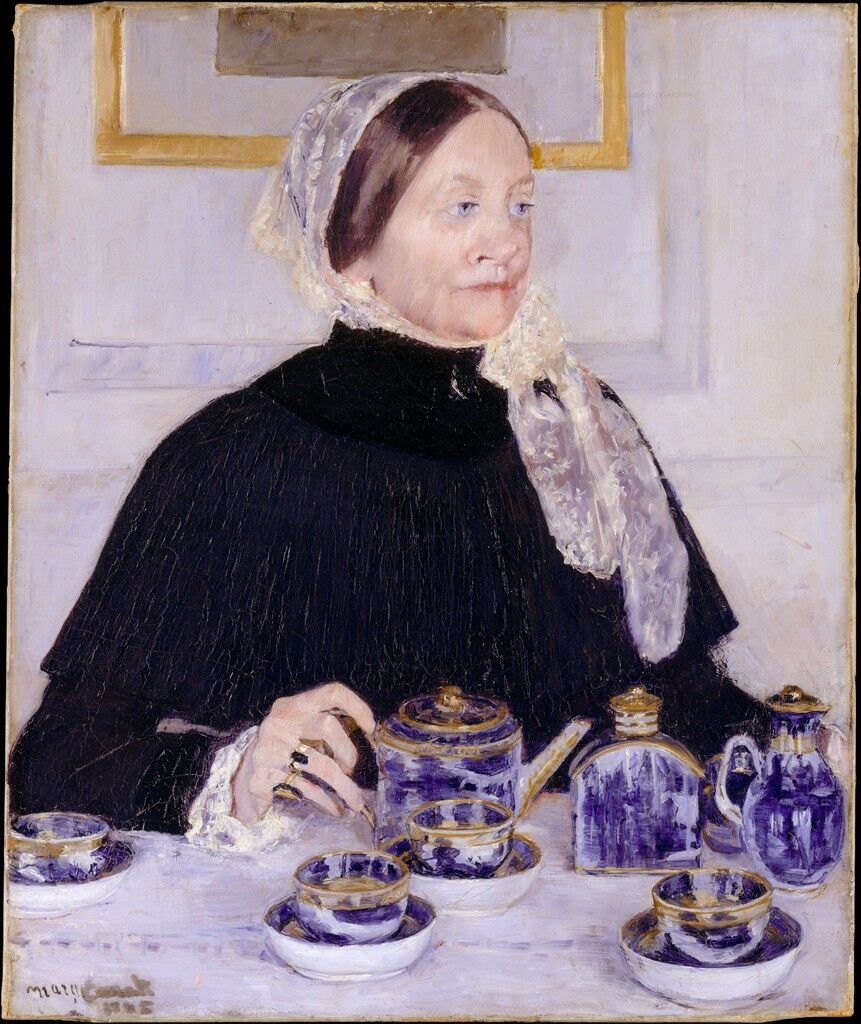














Pentru a putea adăuga comentarii trebuie să fii membru al altmarius !
Alătură-te reţelei altmarius